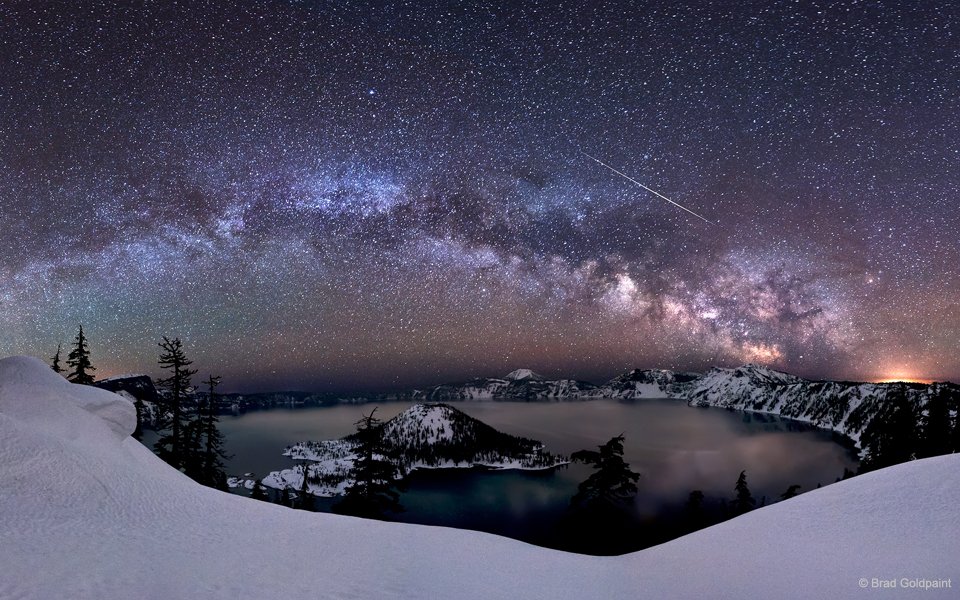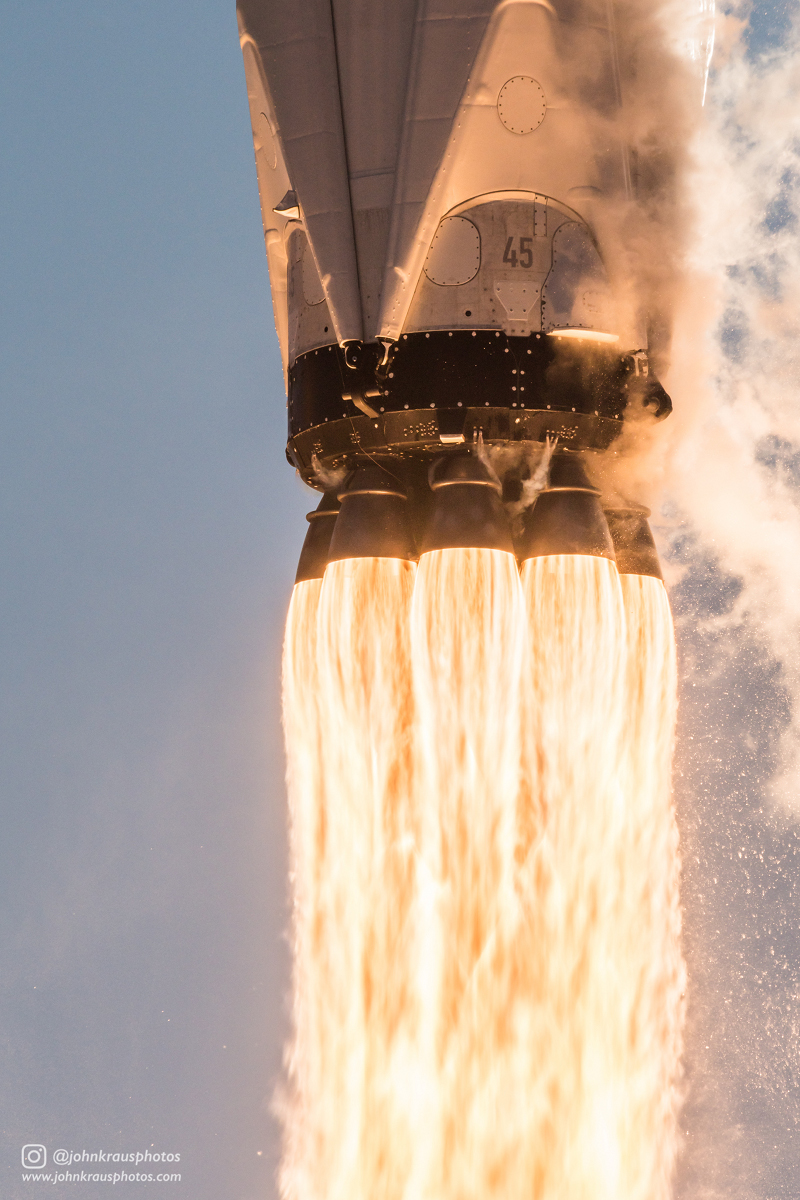
Gravity’s Rainbow
Vice President Pence Swears in New NASA Administrator Jim Bridenstine
Jim Bridenstine officially took office as the 13th administrator of NASA Monday after he was given the oath of office by Vice President Mike Pence at the agency’s headquarters in Washington.
from NASA https://ift.tt/2vEp1tN
via IFTTT![]()
Vice President Pence to Swear in New Agency Administrator; Airing on NASA Television
Vice President Mike Pence will swear in Jim Bridenstine as NASA’s new administrator at 2:30 p.m. EDT Monday, April 23, at the agency’s headquarters in Washington. The ceremony will air live on NASA Television and the agency’s website.
from NASA https://ift.tt/2qSgaPi
via IFTTT![]()
Vice President Pence to Swear in New Agency Administrator; Airing on NASA Television
Vice President Mike Pence will swear in Jim Bridenstine as NASA’s new administrator at 2:30 p.m. EDT Monday, April 23, at the agency’s headquarters in Washington. The ceremony will air live on NASA Television and the agency’s website.
from NASA https://ift.tt/2qSgaPi
via IFTTT![]()
Meteor Over Crater Lake

TESS Launch Close Up

NASA Invites Media to Swearing-In of New Agency Administrator
Media are invited to see Vice President Mike Pence swear in Jim Bridenstine as NASA’s new administrator at 2:30 p.m. EDT Monday, April 23, at the agency’s headquarters in Washington. The ceremony will air live on NASA Television and the agency’s website.
from NASA https://ift.tt/2HCTFIS
via IFTTT![]()
NASA Awards Construction Contract for Instrument Development Facility
NASA has awarded a contract to the Manhattan Construction Company, of Arlington Virginia, for the construction of the Instrument Development Facility at the agency’s Goddard Space Flight Center in Greenbelt, Maryland.
from NASA https://ift.tt/2J9vGht
via IFTTT![]()



